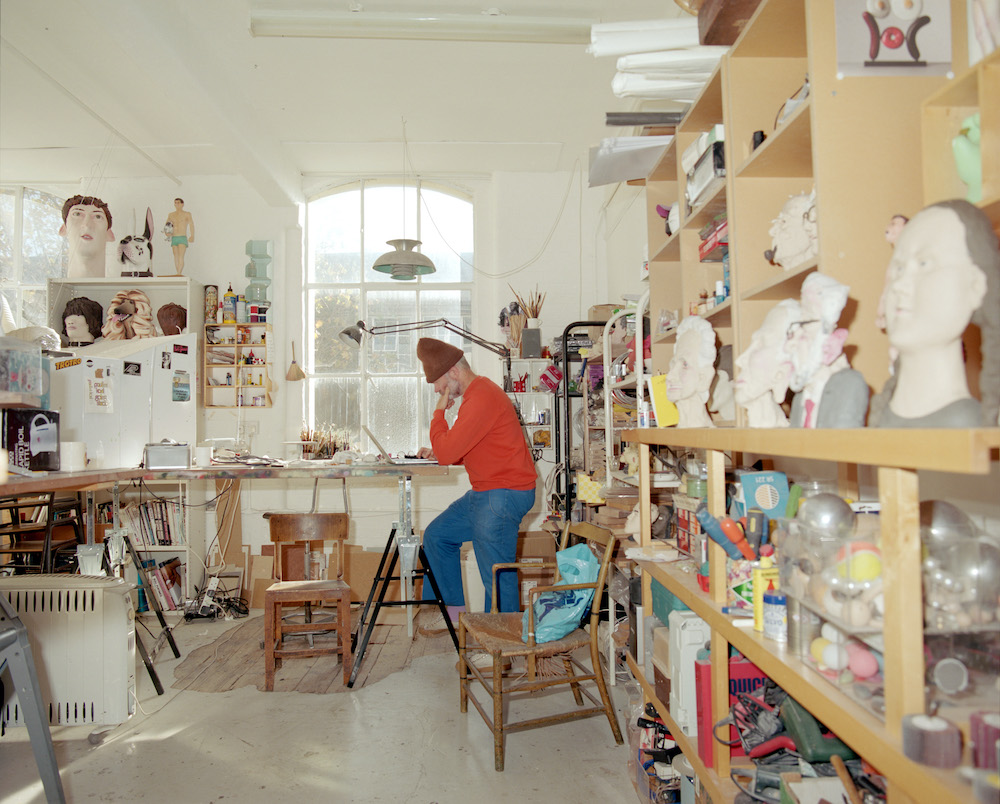Ellius Grace visits the sculptor and painter’s home and studio
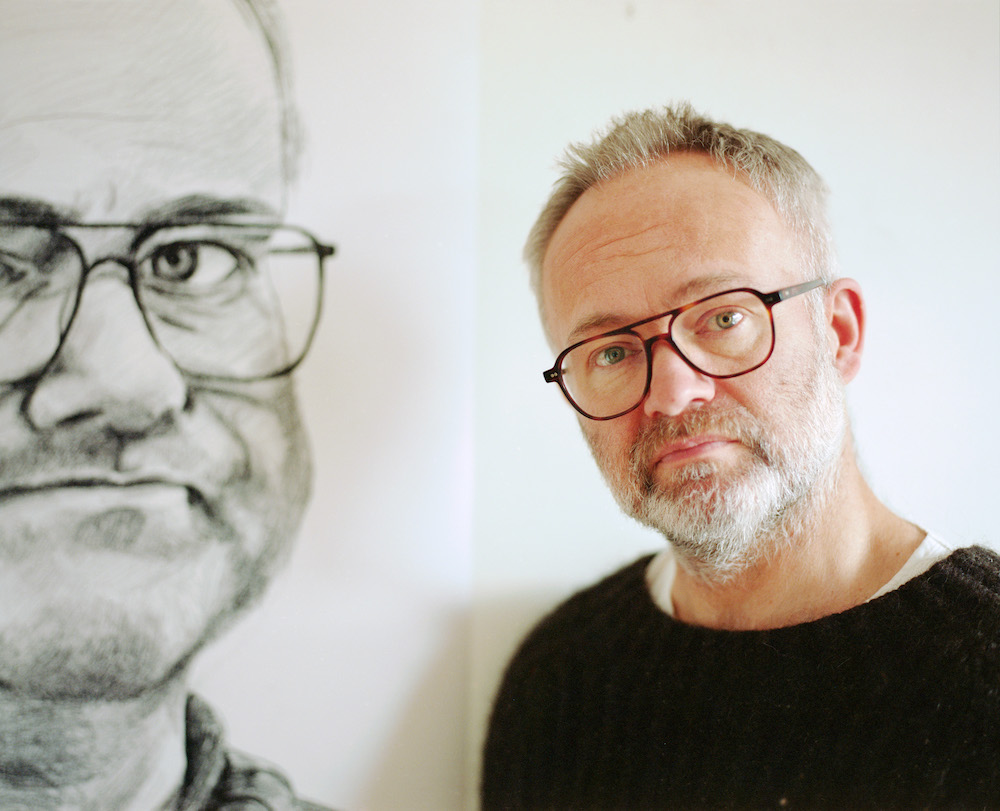
Wilfrid Wood did what most newly employed graduates do – quit his job and start building heads. Having studied graphics at Central St Martins and soon becoming bored in publishing, he learnt his 3D trade on the original award-winning satire Spitting Image (when it still had teeth), helping craft the grotesque puppet caricatures of mid-80s celebrities and the political establishment. Becoming a freelance sculptor after the TV series, Wood’s work in clay and plasticine still sings with wry humour (albeit more subtle now), and his practice also encompasses drawing and painting, in particular portraiture. Though his hands are deft, it is his eye for irregular and pronounced anatomic detail – red jug-ears, wonky smiles, bags under eyes – that make his heads often feel more truthful than a photo-realistic replicant of his subject. In Wood’s world, symmetry is dull and naturalism, soporific. For the artist, every face is interesting.
Port spoke to Wood following a visit to his East London home and Hackney Wick studio, discussing satire, capturing likeness, and his recent portrait exhibition People.
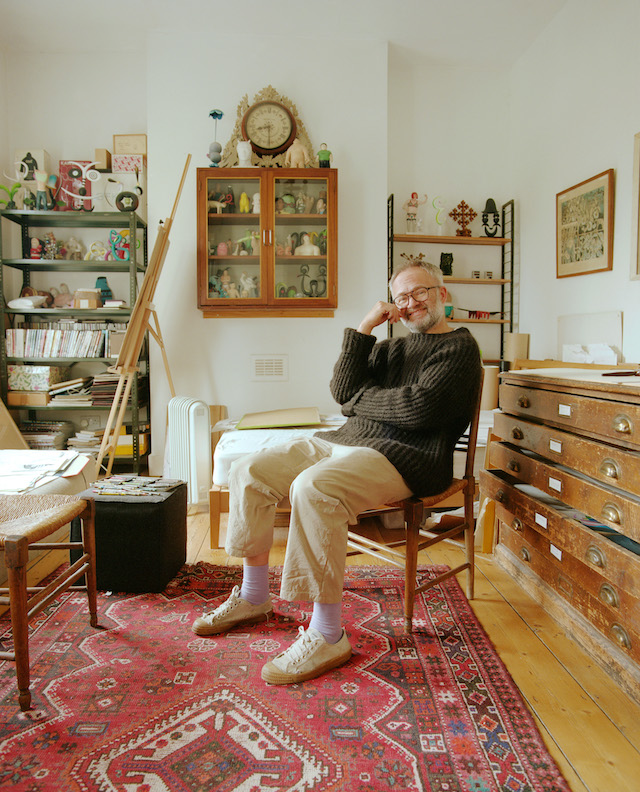
Has the pandemic affected your work and how you see the world?
Not much. Apart from not being able to draw people from life I’ve pretty much carried on as usual, going to my studio. I don’t have kids or parents to worry about. The pandemic has made me see how interconnected society is and how compliant. I’m amazed how people went along with the restrictions we’ve been put under. We are a deeply socialised species.
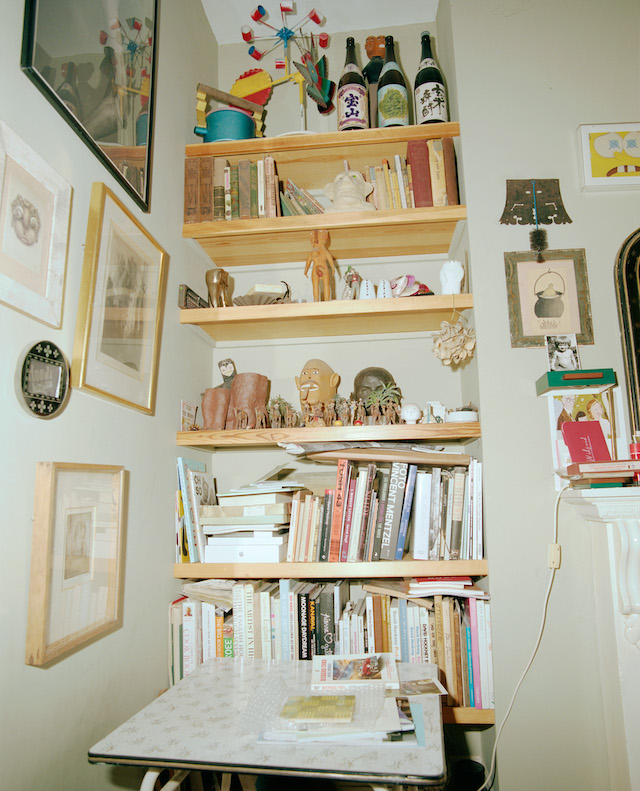
How did your recent People exhibition go? Any surprises, fond moments?
I think and hope it went well. Putting on shows is highly stressful but it has to be done, otherwise everything stays piled up in the studio forever or people only see it on a 4 inch screen. As a band has to go on tour, so an artist has to have a physical show. The private view was hectic, so many faces, names that I couldn’t remember, mildly critical comments that stick in your head. But I sold more than I thought I would, which is inevitably important to us artists. What I always wanted was for people to buy drawings of strangers because they liked the drawing in its own right, that’s started to happen.
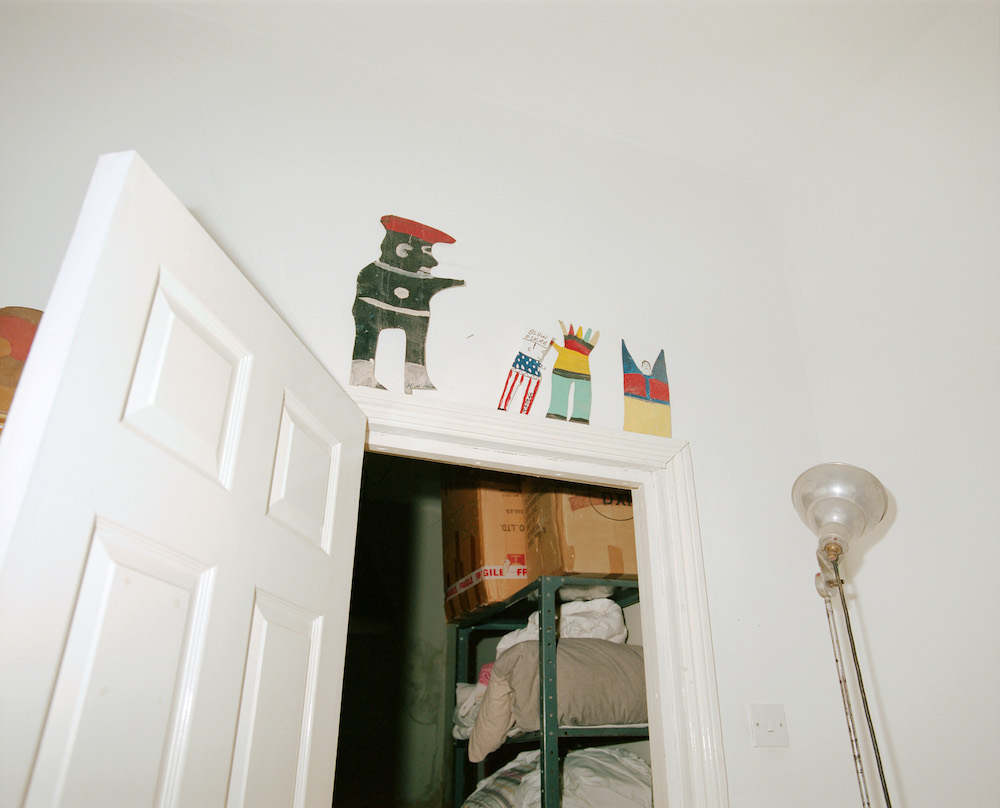
Humour shines in many of your sculptures and paintings. When I spoke to David Shrigley last year about humour he said ‘The difficulty of it in terms of being an artist is that people expect you to be funny all the time.’ How do you approach ‘comedy’ in your work? Do you find it to be a double-edged sword, a restrictive assumption and a freedom to stretch the truth?
Perhaps Shrigley also meant the expectation to be funny as a person, which I know having seen him interviewed on stage he isn’t! He was boring as hell! But actually I thought it was super cool to be able to be flat like that – when I give a talk I’m trying pathetically to make people laugh all the bloody time. His work is his contribution to the world and that’s it.
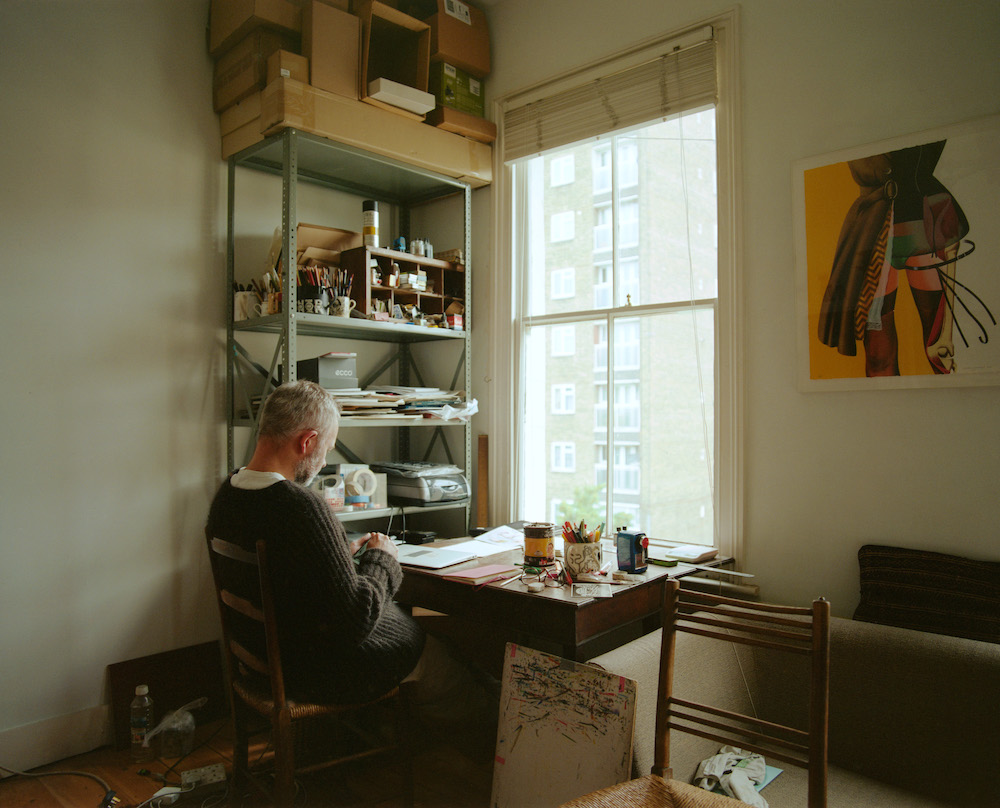
As someone who worked on the original series of Spitting Image, what does satire mean to you?
I kind of dip my toes into satire but its not my driving force. I’m not political. What I’m interested in is the fruity combination of how people look and how they behave, it’s more about individuals than the behaviour of groups. I despise the tendency to think anyone in power is an idiot. I’m more likely thanking god I don’t have to make those impossible decisions.
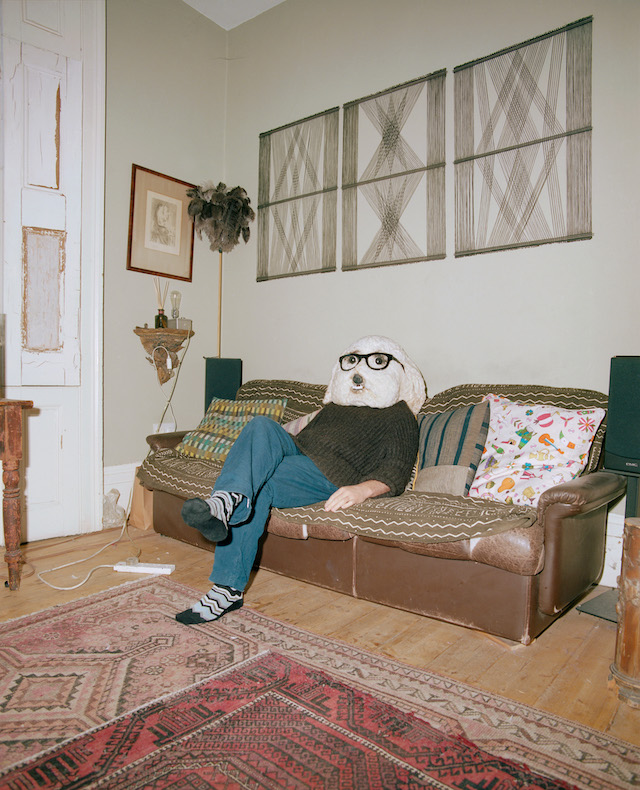
In 2021, has the role of the satirist become harder? Or is that attitude a cop out?
People always say satire is dead when politicians are extreme, i.e Trump, but politicians have always been weird and memorable. There’s loads to satirise now – pop culture, political correctness, the news itself. The difficulty is to make it actually funny or pertinent.
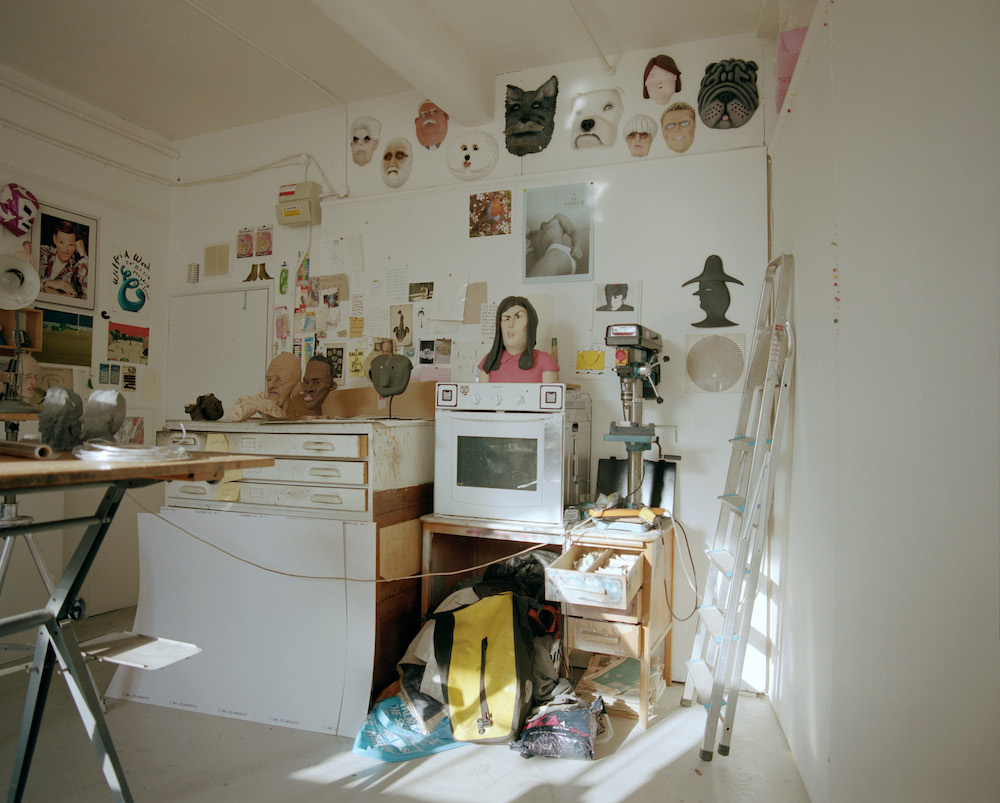
What responsibility (if any) do you have to your subject when you’re creating commissioned portraits?
I wouldn’t use the term ‘responsibility’… it’s more like I don’t want to blatantly ridicule the subject, but I do want to feel free to ‘enhance’ the sitter where necessary! Most people come to me because they like what I do, they’d be disappointed if it came out like a photo.
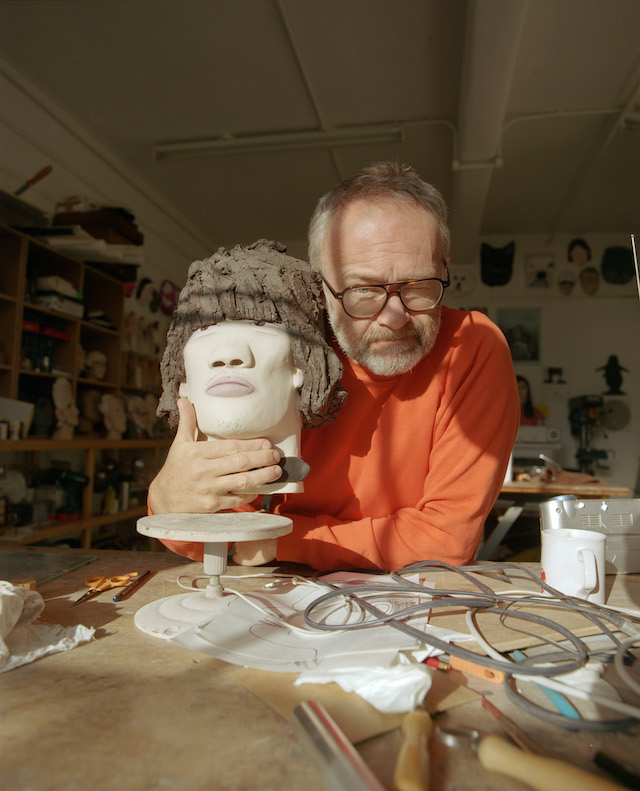
Why does naturalism bore you?
I like it when an artist takes real things in the world and changes them via art. A portrait is one human interpreting another. Information goes in one end of a human being and comes out the other via their hand onto a piece of paper. It’s dead simple and endlessly fascinating.
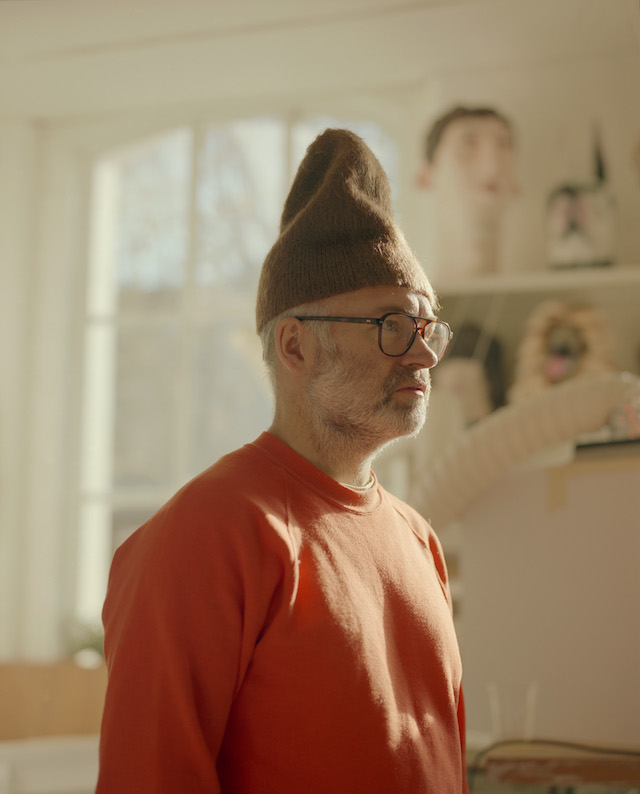
To capture a likeness, what do you look for? Do you intuitively zero in on what to embellish or highlight?
Yes. When we meet I secretly make a list of 3 or 4 things that must be included, for example wonky eyes, red ears, small forehead, big lips. What’s thrilling about doing portraits is that you utilise the human sensitivity for faces, how we can’t help but form opinions about the person inside from the arrangement of features on the outside. It’s impossible to see a face as an object, just like it’s impossible to see a word without reading it.
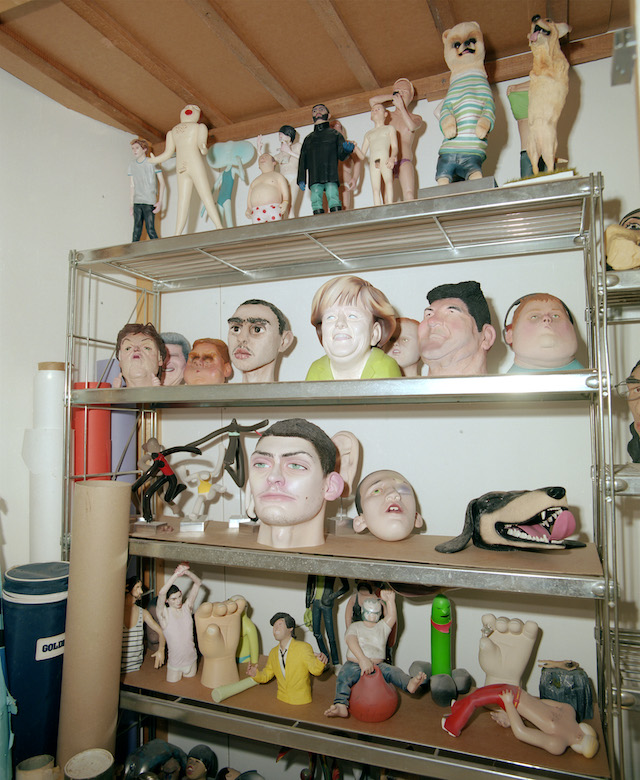
You’re particularly savvy online, particular via Instagram. What does the platform offer you, enable you to do?
All I do is show what I’m working on, not too much, not too little. I got interviewed by Facebook the other day and they kept calling me a ‘content creator’. I said I didn’t know what that meant, I’m just an artist who shows his work online. I don’t have a ‘proper’ gallery. Instagram is my gallery and I’m very grateful to it.
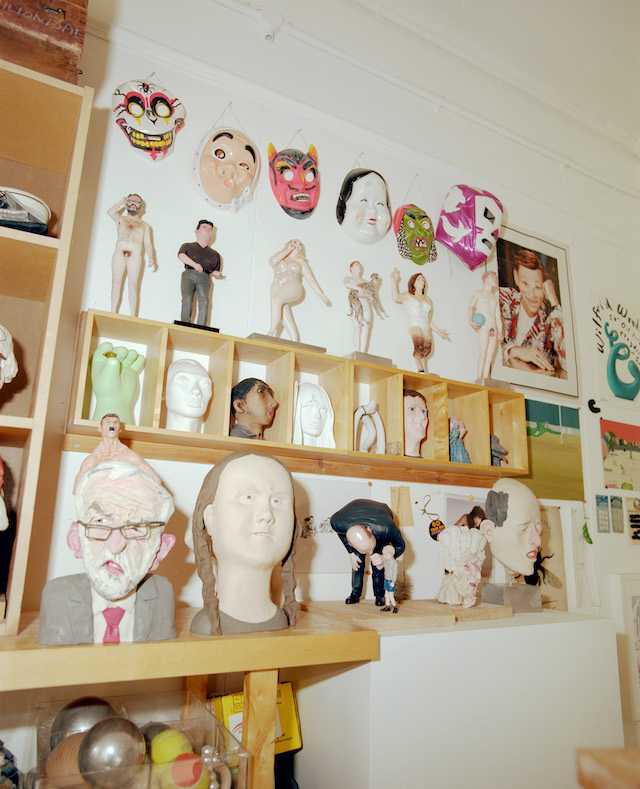
What do you hope to do or see in 2022?
I want to have a show of plasticine heads.
